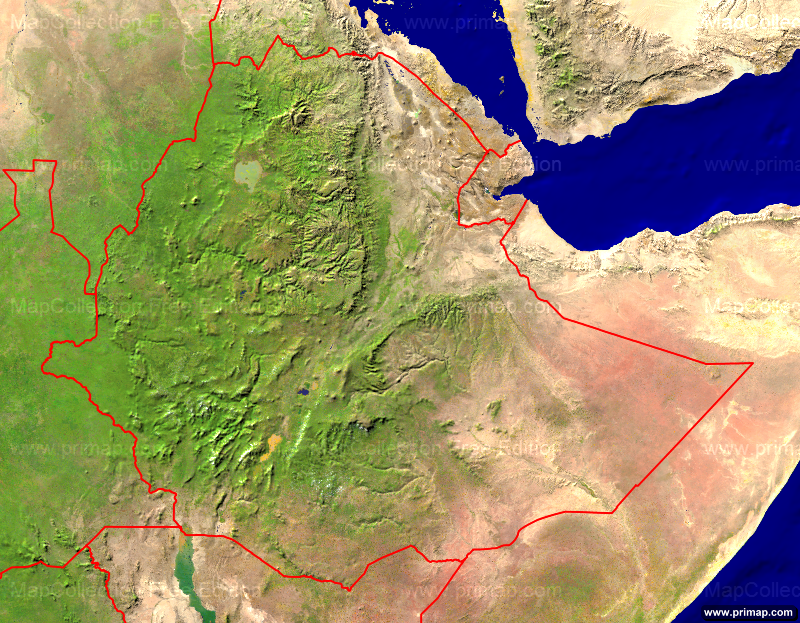Overview
A geographic information system (GIS) is a computer system for capturing, storing, checking, analyzing, sharing and displaying data related to positions on Earth’s surface. GIS can show many different kinds of data on one map, such as streets, buildings, and vegetation. This enables people to more easily see, analyze, and understand patterns and relationships of physical objects on ground. The GIS software makes it possible to synthesize large amounts of different data, combining different layers of information to manage and retrieve the data in a more useful manner.
Many different types of information can be compared and contrasted using GIS. The system can include data about the landscape, such as information about the sites of factories, farms, and schools, or storm drains, infrastructure, and utilities lines. It is also help viewing change and distributions for the location of settlement, water bodies, different kinds of vegetation and land use, soil, different kinds of industries and farming areas, population, income, or education within space and time. GIS provides a powerful, means for researcher, planners and decision makers to better understand digital information in answering their query and helping in a better decision making to implement planning activities for the development of sectoral Programs.
Establishment
In Ethiopia the advancement of GS science and technology including its application faced several challenges including, lack of awareness from the decision makers, limited on job training, and limited GS infrastructure. It needs to create awareness for governmental and non-governmental organizations, business agents, academia, and decision makers, and the end users. It requires to work hard to set the ground for state-of-the-art in geospatial data and technology.
Cognizant of this, authority for Civil Society Organizations (ACSO) Ethiopia provided registration, and the GIS Society of Ethiopia -GISSoE was established in September 02, 2006(Nehasa 26, 1998 E.C). the purpose of the establishment of the society is mainly to gather the GIS community and to mainstream geospatial Science and technology-GSST in different disciplines, to create a discussion and collaboration platform for GIS professionals; to support the expansion of GIS education, to build the capacity of its members, provide inputs for development Programme, policy and decision makers, etc.
Aims of Establishment
- To Act as a Forum for the GIS Community to get together and know each other to share experience and information on common matters and to increase harmonization of Professional collaboration, and allow members of the society to gain service from society and creating a favorable condition through creating a favorable condition for their voices to be heard
- To Promote and encourage organizing research symposiums, conferences, and workshops that promote knowledge sharing and collaboration among GIs professional, researchers, and Stakeholders in the field.
Key strategic Approaches
- Coordination and Support Service: for finance source, support of conference or gathering events and scientific visits, experience sharing.
- Serving on a Committee: through various sources joining the society wi a group supporting campaign (voluntarily).
- Networking Opportunities: making meaningful connections linked GIS and other enthusiast stakeholders.
- Professional Development: involvement in professional development through awareness creation, research works, executes the event. and promotion to accomplish the society vision and mission.

